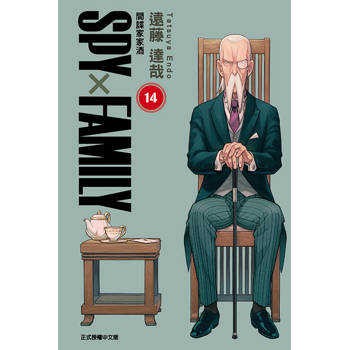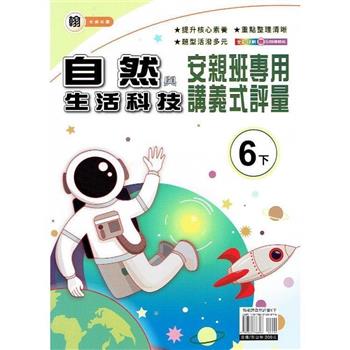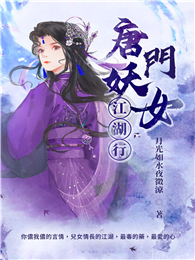This work leads the reader to learn about situations that, by virtue of free expression, give way to creations called "parodies "1 of trademarks, being these facts generators of conflicts between the owner of the trademark and the one who intends to take advantage of this intangible asset without the authorization of its owner. For Dessemontet, parody is "a burlesque representation of an existing work for the purpose of criticism", the best known form being literary satire. This author identifies three characteristic elements of parody: 1. It satirizes the work from which it is inspired. There is an economic effect, but it is not similar to that resulting from plagiarism because there is no direct exploitation of another work that displaces that of the original work; the second creation does not replace the first. 3. It must be a creation with its own originality, even if it must be recognized as the parodied work. The essential of the parody is to appear to the public as an original work, which does not generate confusion between the parodied work and the creation inspired by it, being the border between both works more difficult to determine than it seems (Bugallo Montaño, (2014).
| FindBook |
有 1 項符合
Trademark Parody in Light of the Legal System的圖書 |
 |
Trademark Parody in Light of the Legal System 作者:Castaño Astudillo 出版社:Our Knowledge Publishing 出版日期:2023-10-30 語言:英文 規格:平裝 / 52頁 / 22.86 x 15.24 x 0.3 cm / 普通級/ 初版 |
| 圖書館借閱 |
| 國家圖書館 | 全國圖書書目資訊網 | 國立公共資訊圖書館 | 電子書服務平台 | MetaCat 跨館整合查詢 |
| 臺北市立圖書館 | 新北市立圖書館 | 基隆市公共圖書館 | 桃園市立圖書館 | 新竹縣公共圖書館 |
| 苗栗縣立圖書館 | 臺中市立圖書館 | 彰化縣公共圖書館 | 南投縣文化局 | 雲林縣公共圖書館 |
| 嘉義縣圖書館 | 臺南市立圖書館 | 高雄市立圖書館 | 屏東縣公共圖書館 | 宜蘭縣公共圖書館 |
| 花蓮縣文化局 | 臺東縣文化處 |
|
|
圖書介紹 - 資料來源:博客來 評分:
圖書名稱:Trademark Parody in Light of the Legal System
|










